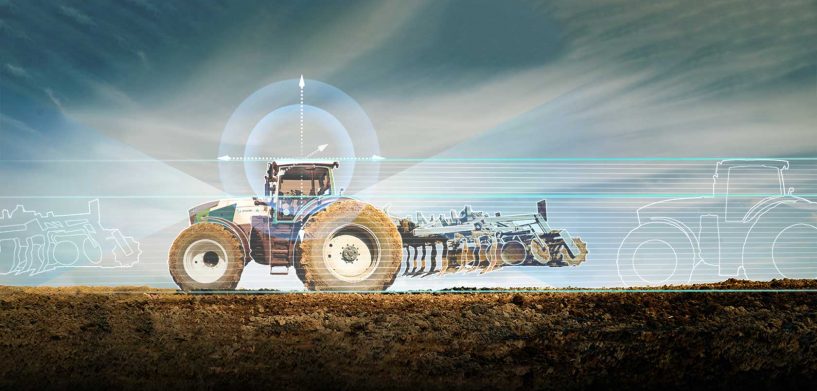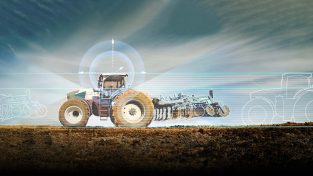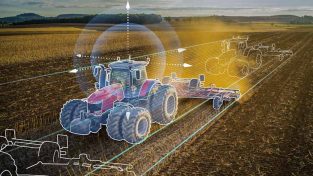The farming industry is the driving force behind our food and resources, influencing our lives daily. As production demands rise, precision agriculture aims to increase crop yields and profitability by eliminating wasteful processes and increasing efficient resource production with the help of technology.
Former United States President Thomas Jefferson referred to agriculture as our “wisest pursuit” because of its far reach and long-lasting impact on humankind. While the rewards of each crop harvest can be great, there is a tremendous amount of work involved in each step of the process.
It has become an economic necessity for farms to have many fields and various crops to produce — involving a constant rotation of machinery and practices that can be challenging to manage. Now, precision agriculture technology has provided the ability to overlay GPS spatial data from various applications such as planting and harvest using cloud-based systems that can assist with the significant workload that growers face. These advancements in agriculture help farmers plant crops more efficiently and move from point A to point B with greater precision. These methods will not only increase the availability of food but also allow farms to be rooted even further into sustainable practices.
“We believe that we can reduce CO2 emissions in the agriculture sector by roughly 50 percent, increase the output by thirty percent and feed more people,” said Ola Rollén, Hexagon President and CEO, in his 2019 HxGN LIVE 2019 Keynote address.
Innovations like Hexagon’s autonomy positioning and sensing kits will help farming equipment manufacturers meet their customer’s crop demands with positioning and autonomy technology. NovAtel and AutonomouStuff, both part of Hexagon, joined forces to create this solution and demonstrate its capabilities by building an autonomous tractor. Farming vehicles with this technology will have the capability of working longer hours and will significantly minimise dangerous risks.
“Autonomous agriculture vehicles today are built for one task,” said Mike Martinez, agriculture marketing director at Hexagon | NovAtel in a recent Velocity Magazine article. “These robotic machines are built for a specific purpose like picking strawberries or spot-spraying weeds. Farmers are looking for vehicles that can do multiple things. Machine manufacturers are able to integrate other types of implements [with tractors]now.”
“The autonomous tractor, or power unit if you will, has to be able to do everything. It has a long learning curve. It needs to know what kind of field, what kind of crop, what kind of implement it’s pulling — those are all different, and they all have different requirements.”
These technologies offer another valuable example of how Smart Autonomous Mobility can influence change with the use of autonomous fleets. Precision agriculture has become a gateway into determining efficiencies in field activities like seeding and spraying applications, auto section control, soil sampling, and plant health monitoring. Autonomous farming vehicles will support this new method in an effort to meet the needs of farmers through techniques that cut unnecessary expenses on seed, fuel, and agrochemicals by creating greater accuracy in necessary tasks. Important advancements in processes will generate higher production in valuable resources so that the industry can continue to meet the needs of the world’s growing population, which is estimated to reach 9 billion people by 2050, according to the United Nations.
This is only the beginning of what could be a universal shift in farming, introducing innovative technology that will enable growers to utilise best practices as they move their operations forward and into the future — supporting a mission that will create a more efficient, safe and sustainable industry.

















